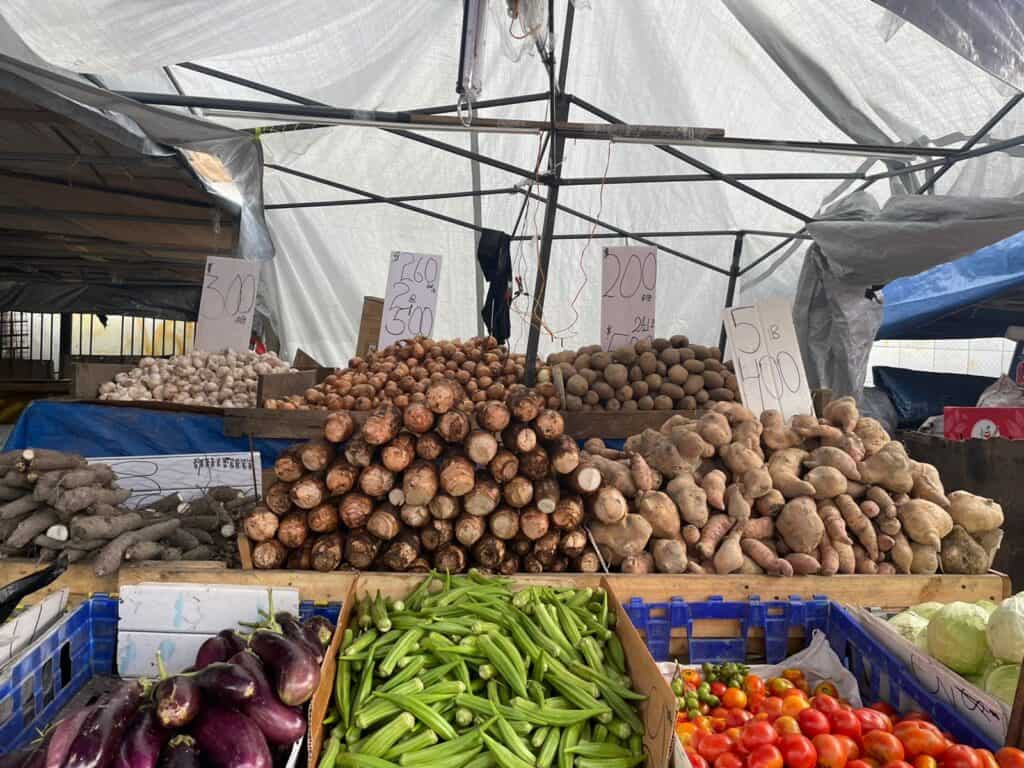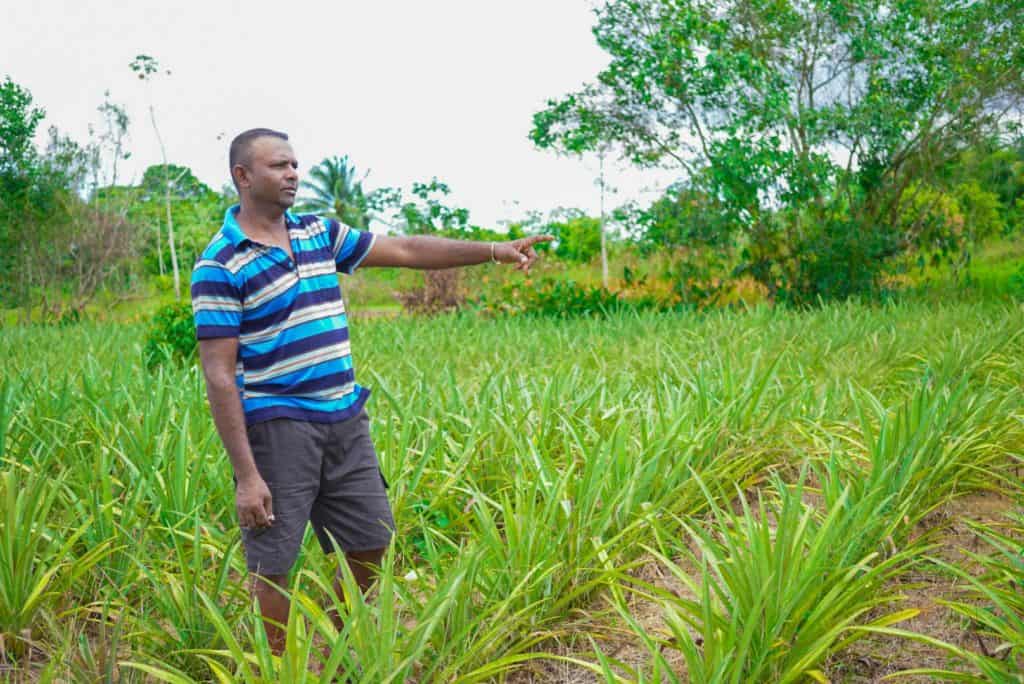As Guyana prepared for the start of its first rainy season of 2023 in April (the country has two rainy seasons every year), the country’s Chief Climatologist, Komal Dhiram, issued a warning that there would most likely be drought conditions following the season.
Issuing the warning while speaking at Guyana’s 14th National Climate Outlook Forum in April, Dhiram explained prevailing El Niño conditions in July – and onwards – would influence the drought.
But while some of the forum’s participants were more eager to talk about rainfall predictions given the country’s worsening floods over the past several years, Dhiram emphasised the importance of preparing for the drought even though he was unable to offer predictions on how long the conditions would last.

How El Niño and La Niña influences Guyana’s weather
While La Niña contributes to wetter-than-normal conditions in Guyana, Dhiram said the El Niño conditions beginning in July would have the opposite effect.
Both natural annual climate patterns, El Niño influences warmer-than-usual ocean surface temperature near the equator in the Pacific Ocean while La Niña influences cool temperatures.
Even though these patterns develop in the Pacific, atmospheric circulation patterns result in the weather of South American countries like Guyana – and the wider Caribbean – being influenced by them.

Guyanese farmers urged to take precautions
In June, several weeks after Dhiram’s warning, Guyana’s Hydrometeorological Service issued an official press release confirming the country’s then impending drought conditions and calling for preparations.
The release explained, “All of Guyana can expect warmer than usual (above-normal) day and night-time temperatures over the coming months.
“Temperatures are expected to be warmer when compared to the same period of previous years (and recent months). Dry days will be significantly warmer than wet days,” the release detailed.”
But the release also urged farmers to take precautions.
For communities dependent on rain-fed agriculture and large-scale water users, it was recommended that rainwater be harvested to compensate for any deficiencies expected during the drought conditions.
It was also noted that shelters should be provided for animals to keep them cool.

Guyanese farmers worried about climate change
The Guyana Office for Investment (GO-Invest) states that agriculture contributes to an estimated 27.1 per cent of the country’s non-oil Gross Domestic Product (GDP) and a 2020 Labour Force Survey found that an estimated 12.1 per cent of the country’s workforce are employed by the sector.
In 2019 alone, 22.5 per cent (US$352.6 million) of Guyana’s export earnings came from agricultural activities.
The country has also played a leading role in the Caribbean Community’s (CARICOM) efforts to reduce the region’s multibillion-dollar food import bill.
So it’s no surprise that agriculture is important to Guyana and drought would have adverse outcomes on production.

Rabindra Ramcharran is a Guyanese farmer with more than 35 years of experience and the Vice President of the Essequibo Rice Farmers Development Committee.
He told Cari-Bois, “To my knowledge, the dry weather is better to deal with (because) with the flooding, you get punished a lot.”
But while he thinks drier conditions are slightly more tolerable than persistent flooding, Ramcharran said farmers need to know more about what to expect since climate change will continue to affect production.
He said that it is all the more important for rice farmers since rice is a water-intensive crop.

The first rice crop is usually harvested in October.
But Guyanese farmers often plant the next crop in November/ December, a time when Guyana usually experiences its second rainy season of the year.
If the rice crops grow during a particularly severe drought, Ramcharran said pumps would be needed to get water from canals or creeks onto the rice fields.
With the use of these pumps expected to drive up production costs, Ramcharran is calling on farmers to engage each other on how best they can share equipment.
He added, “We need to talk to the Agriculture Minister (Zulfikar Mustapha) and get prepared because we don’t know how long the drought will last.”
The effects of drought on animal husbandry

As the Hydrometeorological Service stated in its release, Guyana’s drought conditions will also affect animals and animal husbandry activities.
Secretary of the West Berbice Sheep and Farmers Association, Debra Gopaul, said a previous drought significantly affected the health of animals.
Without adequate drinking water and grass to feed on, cows and other ruminants can become very “thin-boned”.
So in previous instances, farmers had to fill containers with water and food for their animals instead of leaving them to freely graze and find water from nearby canals.
With persistent drought conditions expected, Gopaul is advising farmers to find ways of storing and conserving water so that their animals don’t suffer.
But she is also calling for more to be done to sensitise farmers about the effects of drought.

Not only Guyana “feeling the heat”
While Guyana continues to prepare for an intense dry season, it’s important to note that it’s not the only country being affected by the prevailing El Niño conditions.
A joint media release from the University of the West Indies’ Global Institute for Climate Smart and Resilient Development, and the Caribbean Institute for Meteorology and Hydrology, said that regional Governments should pay attention to unfolding weather conditions with the emerging El Niño.
The release advised, “Caribbean governments should keep a close eye on global and regional climatic conditions over the next few months and potentially prepare for very dry and very hot conditions, without ruling out the possibility of intense storms or hurricanes.”

In May, the World Meteorological Organisation (WM) warned that global temperatures could surge to record levels in the next five years fuelled by greenhouse emissions that trap heat and the naturally occurring El Niño weather pattern.
The organisation’s Secretary-General, Petteri Taalas, has said, “A warming El Niño is expected to develop in the coming months and this will combine with human-induced climate change to push global temperatures into uncharted territory.”





